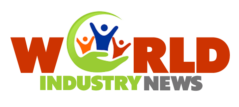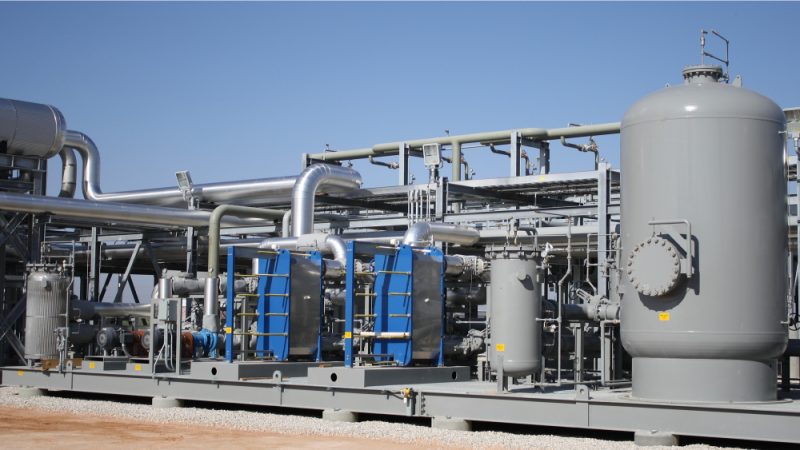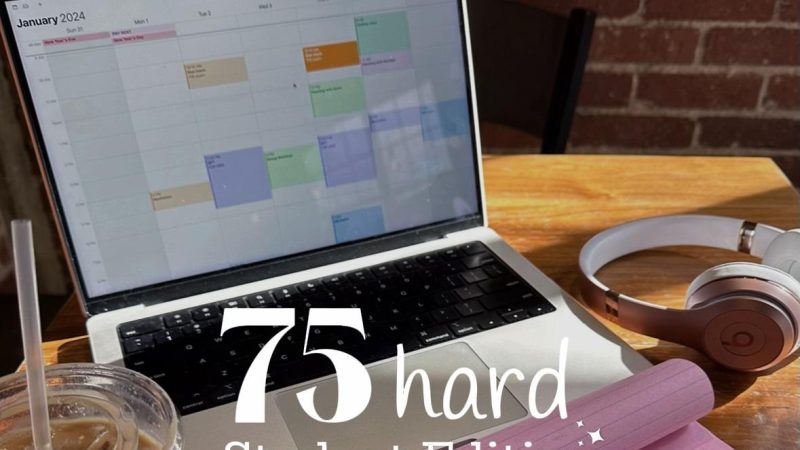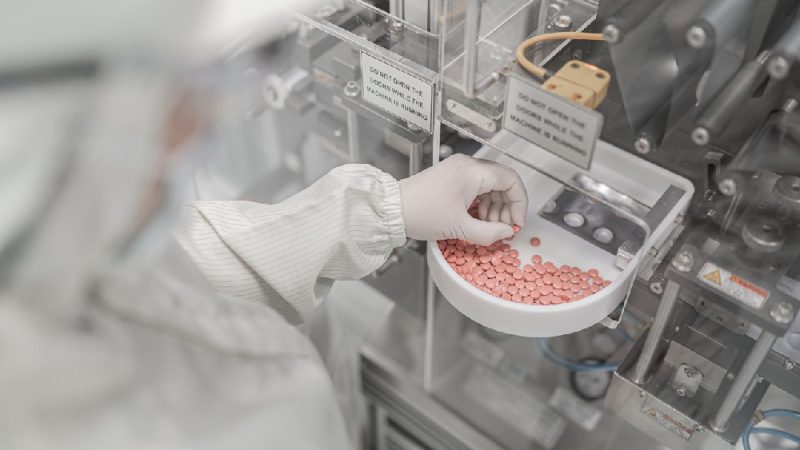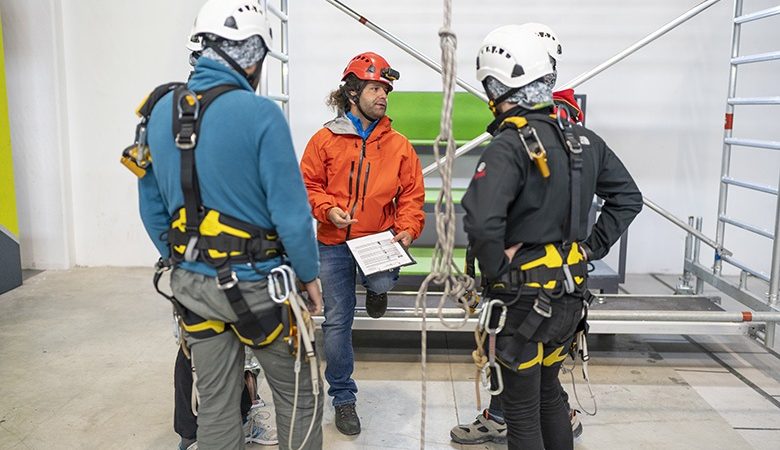Navigating the Investment: What Truly Determines Bottle Filling Machine Prices in 2025

The bottle filling machine price represents one of the most significant capital expenditures for businesses entering the packaging industry, yet understanding the factors that influence these costs remains mystifyingly complex for many first-time buyers. Walking the narrow pathways between manufacturing facilities in Singapore’s industrial parks, I’ve witnessed small business owners grappling with decisions that will shape their financial futures for years to come.
The Hidden Language of Machinery Costs
Behind every price tag lies a complex calculation that few sales representatives fully explain. The machinery market operates with its own vocabulary, assumptions, and unspoken rules.
The baseline investment typically encompasses:
- Basic machine frame and components
- Standard filling heads (usually 2-6 for entry models)
- Minimal automation features
- Limited production speed capabilities
- Basic materials (often 304 stainless steel rather than 316L)
“Singapore bottle filling machine price points typically start around S$15,000 for basic semi-automatic systems, but this figure can be dangerously misleading without understanding what’s included and excluded,” notes an industry consultant with twenty years of experience.
The Automation Spectrum and Its Price Implications
Manual Systems: The Entry Point
The most affordable option requires significant human intervention – operators placing bottles, initiating filling sequences, and removing filled containers. These systems typically range between S$10,000-20,000.
The apparent savings come with hidden costs: labour requirements, inconsistent fills, slower production, and limited scalability.
Semi-Automatic: The Middle Ground
These systems automate the filling process while requiring manual loading and unloading. The price range widens considerably (S$15,000-45,000) based on fill precision, production speed, and construction quality.
Fully Automatic: The Complete Solution
At the upper end, fully integrated systems handle everything from bottle feeding to filling, capping, labelling, and case packing. These comprehensive solutions begin around S$50,000 and can easily exceed S$300,000.
The Viscosity Equation
I’ve watched countless buyers make the critical mistake of choosing equipment designed for water when their product has the consistency of honey. Viscosity dramatically impacts machine requirements and, consequently, price.
Equipment designed for:
- Water-like liquids (thin beverages, cleaning products)
- Medium viscosity products (oils, thin sauces)
- High-viscosity products (honey, shampoo, thick sauces)
- Particulate-containing products (salad dressings, soups)
Each category demands specific pump systems, valve types, and filling mechanisms – with costs rising alongside complexity.
The Production Volume Calculation
Perhaps nothing influences price more directly than required throughput. A small artisanal operation filling 500 bottles daily faces dramatically different equipment needs than a manufacturing facility producing 20,000 units per shift.
“When assessing bottle filling machine price quotes in Singapore, I always ask clients to project five years ahead. Purchasing for current needs often leads to costly upgrades within 18-24 months,” explains a veteran equipment supplier during our conversation in his humid warehouse near Jurong.
The Material Construction Consideration
The materials contacting your product directly impact both price and suitability. Options typically include:
- Standard stainless steel (304 grade)
- Pharmaceutical-grade stainless steel (316L)
- Specialized alloys for corrosive products
- Food-grade plastics for specific applications
The difference between basic and premium materials can easily represent a 30-40% price premium.
The Hidden Costs Beyond Purchase Price
Walking through a recently established filling facility, the owner confided their greatest regret – failing to calculate the complete investment beyond the machine itself:
- Installation requirements (electrical, pneumatic, water)
- Facility modifications (floor reinforcement, drainage)
- Operator training programs
- Preventative maintenance contracts
- Spare parts inventory
- Production downtime during commissioning
These “hidden” costs frequently add 15-25% to the initial investment.
The Geographic Reality
The global nature of manufacturing creates significant price variations based on country of origin. While Chinese-manufactured systems may offer initial savings of 30-50%, many businesses ultimately question this approach when faced with maintenance challenges, replacement part availability, and durability concerns.
European and Japanese systems typically command premium prices but offer documented reliability advantages that may justify the investment for certain applications.
The Customization Premium
I recently observed a small beverage startup’s journey through the equipment selection process. Their unique square bottle design – central to their brand identity – required specialized grippers, guides, and filling nozzles that added nearly 40% to the machine’s base price.
Customization elements that significantly impact bottle filling machine price include:
- Non-standard container handling requirements
- Specialized filling mechanisms for unique closures
- Custom programming for variable fill levels
- Enhanced cleaning systems for quick product changeovers
- Specialized safety features for particular environments
Each modification represents engineering hours, specialized fabrication, and testing processes that inevitably appear in the final quotation.
The Technology Integration Factor
Modern manufacturing increasingly demands connectivity. Systems that integrate with enterprise resource planning software, provide production analytics, or offer remote monitoring capabilities command premium pricing but deliver operational insights previously unimaginable.
Speaking with production managers across Singapore, I’ve repeatedly heard how these technologies – despite adding 15-20% to initial costs – often justify their investment within the first year through efficiency gains and waste reduction.
The Negotiation Possibilities
Few industries maintain as much flexibility in pricing as industrial equipment. The stated bottle filling machine price often represents a starting point rather than a fixed reality.
Factors potentially influencing final costs include:
- Order timing (year-end discounts can reach 10-15%)
- Payment terms (cash versus financing)
- Bundle purchases (filling, capping, labelling as package)
- Training inclusions
- Warranty extensions
- Service contract commitments
The Decision Framework
For businesses navigating this complex landscape, the optimal approach begins not with price comparisons but with thorough needs assessment. Understanding product characteristics, production volumes, growth projections, available space, and operator skill levels creates the foundation for meaningful evaluation of bottle filling machine price proposals.
